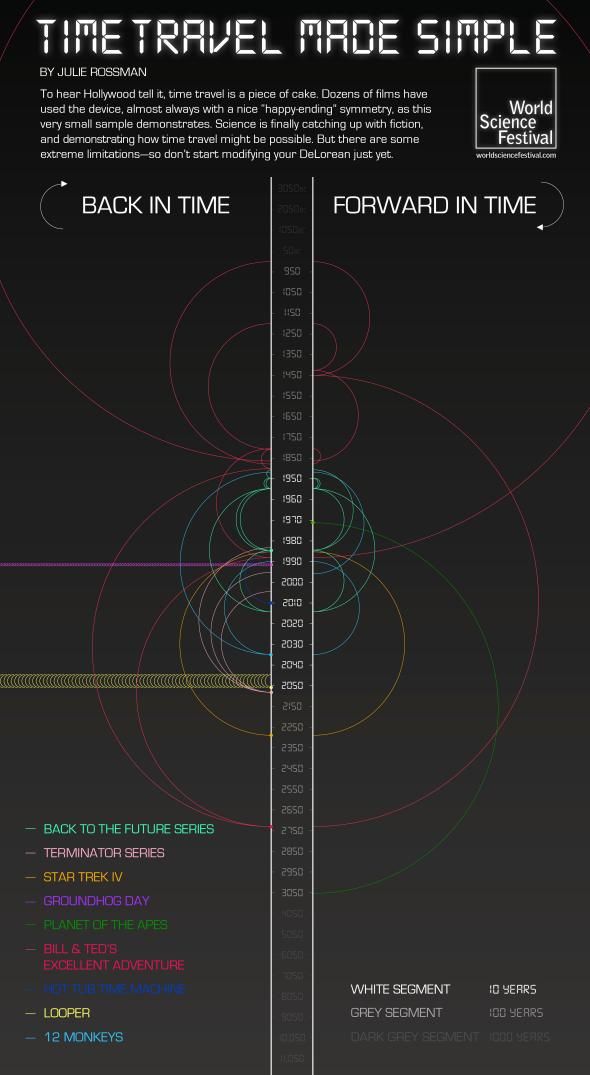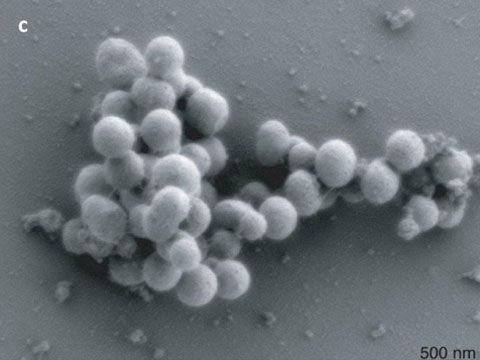Sep 2, 2014
Virtually Human, by Martine Rothblatt, Ph.D.
Posted by Karlyn Hixson in categories: life extension, transhumanism
In Virtually Human, you’ll have the privilege of meeting Bina48, the world’s most sentient robot, commissioned by Martine Rothblatt and created by Hanson Robotics. Bina48 is a nascent Mindclone of Martine’s wife that can engage in conversation, answer questions, and even have spontaneous thoughts that are derived from multimedia data in a Mindfile created by the real Bina (be sure to check her out on Twitter too – @iBina48!).
If you’re personally active on Twitter or Facebook, share photos through Instagram, or blog regularly, you’re also already on your way to creating a Mindfile – a digital database of your thoughts, memories, feelings, and opinions. And soon, this Mindfile can be made conscious with special software—Mindware—that mimics the way human brains organize information, create emotions and achieve self-awareness. Virtually Human is the only book to examine the ethical issues relating to cyberconsciousness and Rothblatt, with a Ph.D. in medical ethics, is uniquely qualified to lead the dialogue. On sale Sept 9th, I wanted to be sure everyone at Lifeboat knew about it, and you can pre-order your copy today: http://smarturl.it/vhaz and http://smarturl.it/bnVh.














